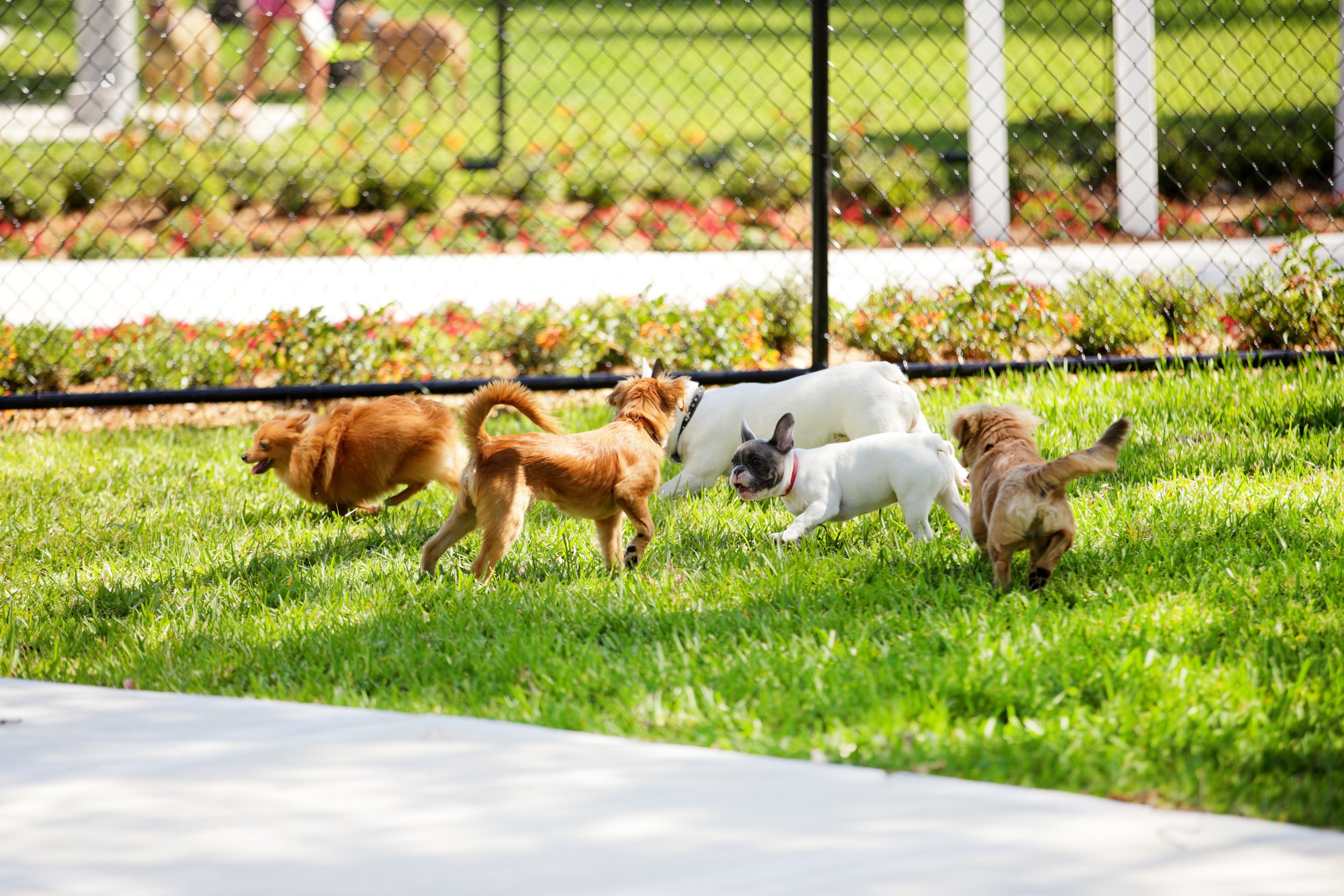Dog parks are often seen as a haven for our furry friends, offering them a chance to socialize, exercise, and enjoy the outdoors. However, as popular as these parks are, they come with their own set of dangers and risks that every responsible dog owner should be aware of. This blog post will explore the potential hazards of dog parks and provide tips on how to keep your pet safe.
Dog Fights and Aggression: Dog parks can be a breeding ground for aggressive behavior. Dogs of varying temperaments and training levels are mixed together, which can lead to altercations and fights. Even a well-behaved dog can become defensive or aggressive if they feel threatened.
Disease and Parasites: Dog parks are communal spaces where many dogs converge, increasing the risk of spreading diseases and parasites. Contagious illnesses like kennel cough, parvovirus, and both internal and external parasites can easily be transmitted from one dog to another.
Unpredictable Behavior: Not all dog owners are diligent about training or monitoring their pets. Unpredictable behavior from poorly trained or socialized dogs can lead to accidents and injuries. Additionally, dogs may display territorial behavior or become overstimulated or overtired, which can result in negative interactions.
Overexertion and Heat Stroke: Dogs can easily become overexcited and overexerted at dog parks, especially during hot weather. Overexertion and heat stroke are serious risks that can lead to severe health issues or even death if not promptly addressed.
Inadequate Supervision: Some dog owners may use dog parks as an opportunity to relax or socialize, neglecting to keep a close eye on their pets. Lack of supervision can lead to unsafe situations, such as dogs escaping the park, eating harmful substances, or engaging in dangerous behavior.
If you’re going to use the dog park:
Know Your Dog: Assess your dog's temperament and social skills before taking them to a dog park. If your dog is anxious, aggressive, or not well-socialized, consider alternative ways to exercise and socialize them.
Stay Vigilant: Always supervise your dog closely while at the park. Keep an eye on their interactions with other dogs and intervene if any aggressive or concerning behavior arises.
Vaccinations and Preventatives: Ensure your dog is up-to-date on vaccinations and flea/tick preventatives before visiting a dog park. This helps protect them from contagious diseases and parasites.
Avoid Peak Hours: Visit dog parks during off-peak hours when they are less crowded. Fewer dogs mean a reduced risk of fights and easier monitoring of your pet.
Bring Water and Take Breaks: Bring fresh water for your dog and take regular breaks to prevent overexertion. On hot days, limit playtime and seek shaded areas to keep your dog cool.
Know the Park's Layout: Familiarize yourself with the dog park's layout, including exits and areas with potential hazards. This knowledge can help you quickly react if an emergency arises.
Training and Commands: Ensure your dog knows basic commands such as "come," "sit," and "leave it." A well-trained dog is easier to manage and less likely to get into trouble.
While dog parks offer some benefits, it's essential to be aware of the potential dangers they pose. By understanding these risks and taking appropriate precautions, you can help ensure your dog's safety and well-being. Always prioritize your pet's health and safety, and consider whether a dog park is the best environment for them.


